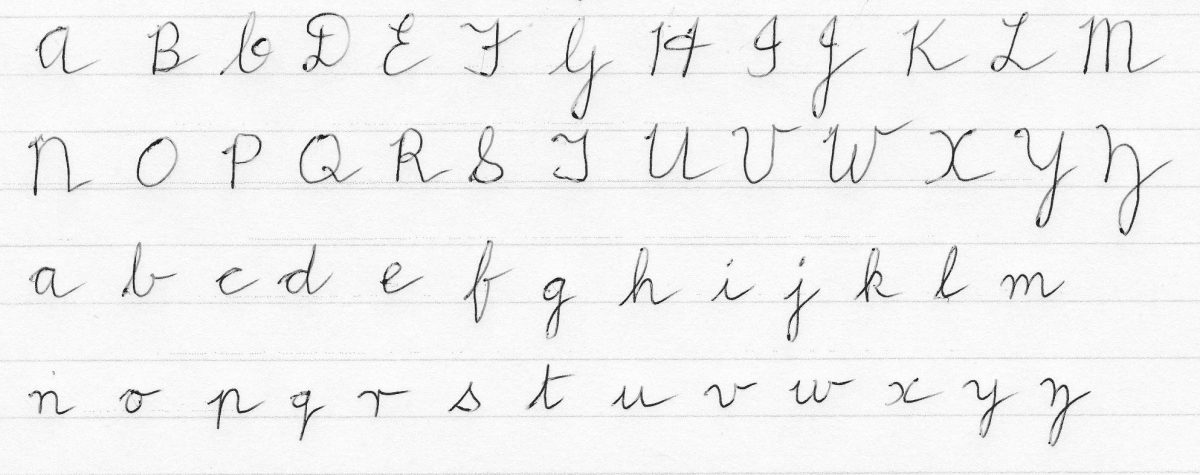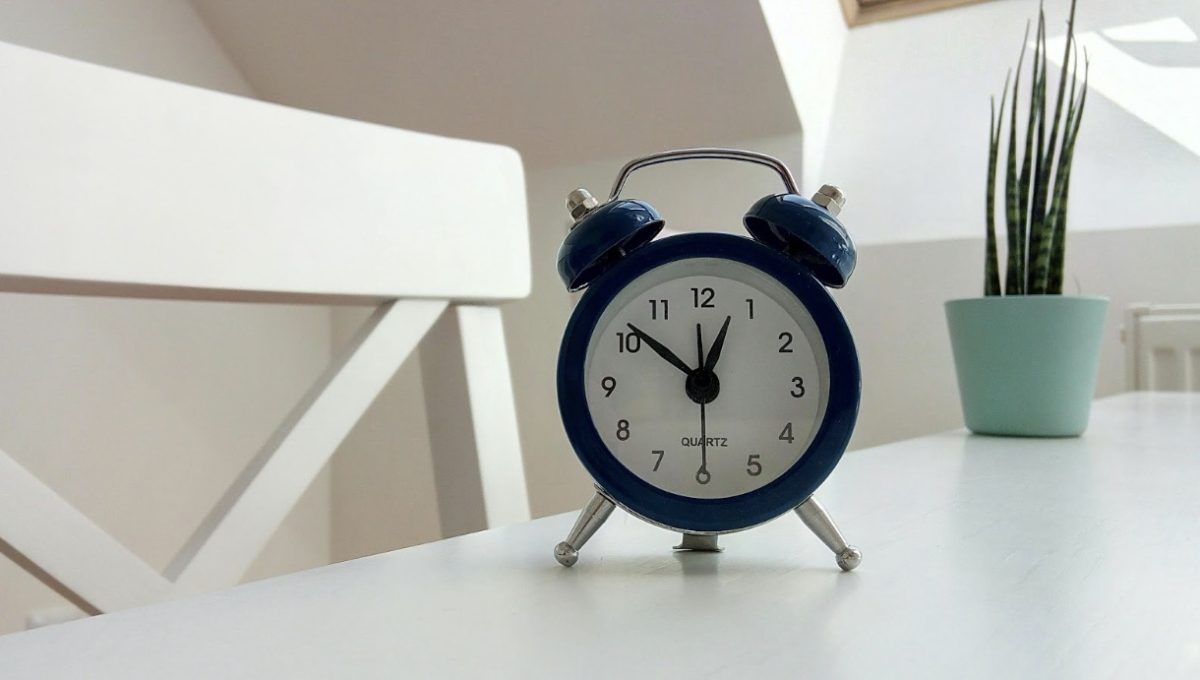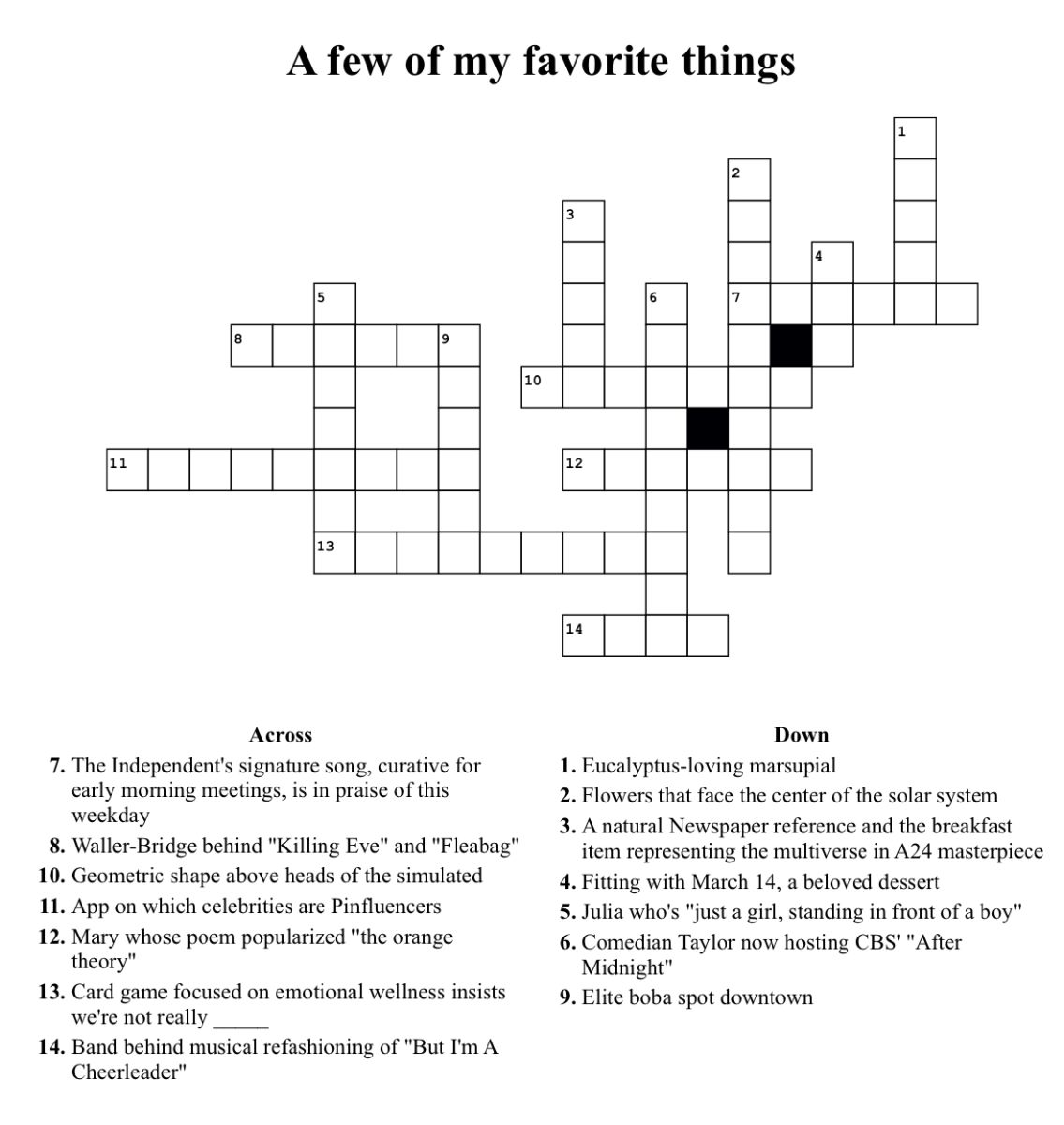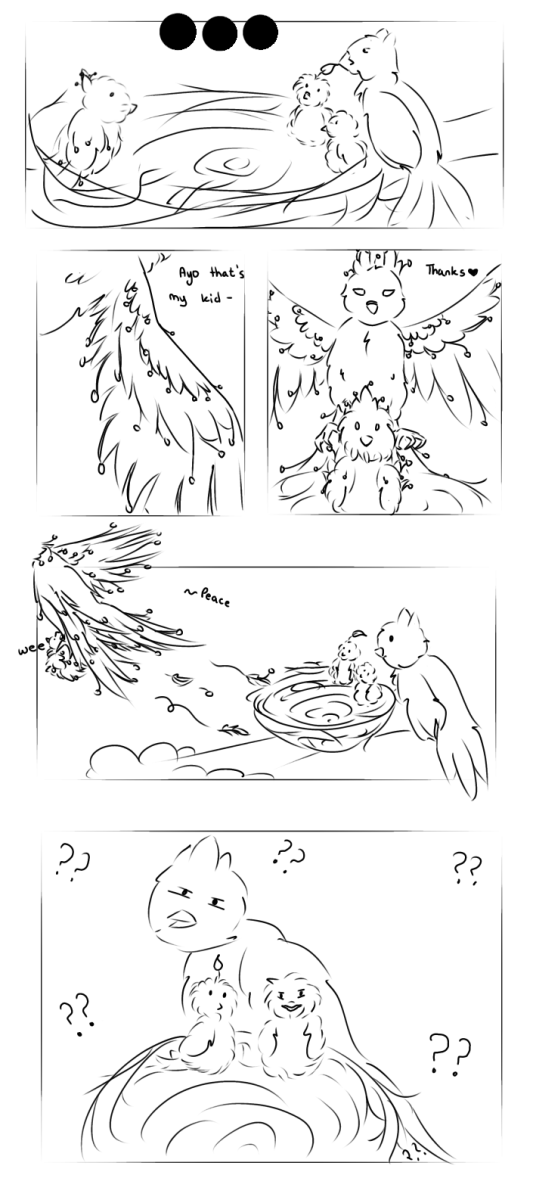Have you ever walked into an unfamiliar place and felt distinct memories rush back to you? The smell of a certain soap, the scent of a floral perfume or the fragrance that lingers in a room. You are not imagining it. It is proven that when a certain smell triggers a strong emotion, signals are sent to the hippocampus, where memories are created.
The Science Behind Smell and Memory
The human nose consists of hundreds of receptors, each engineered to bond with a specific part of odor molecules. When the molecules find their matching receptor, they bond instantly and send signals to the olfactory bulb, which organizes the feedback and sends it deeper into the brain. From there, if the hippocampus, a structure in your temporal lobe that plays a vital role in memory and learning, recognizes a meaningful smell, it is sent into your long-term memory. Therefore, when a particular aroma is present, it can trigger a multitude of memories.
The Proust Effect
This phenomenon has a name: The Proust Effect. The Proust Effect, developed and described by Marcel Proust, was discovered because the taste of madeleine cakes recalled a childhood memory. Proust explained this sensation in his 1913 classic “In Search of Lost Time” and modern neuroscience has recently proved his theory to be correct. For many people, the Proust Effect plays a significant role in everyday life, whether it’s the scent of pine around the holidays or the smell of the pool recalling memories of a pool day as a child.
How Can This Impact Research?
While you might think this only impacts people on an emotional level, it is practical as well. This discovery is now being used to help patients with Alzheimer’s disease. Researchers have proven that when patients diagnosed with Alzheimer’s are exposed to a certain odor, they can recollect memories in greater detail. In a study performed by the National Library of Medicine, they gathered patients diagnosed with Alzheimer’s and asked them to recall memories after exposure to a certain aroma, after music exposure and after being in a silent room with no smell. The patients with Alzheimer’s disease did considerably better in the room where they could smell the odor or listen to music than in the silent room with no odor, which acted as the control. Collectively, this research suggests that olfactory activity can be used to stimulate autobiographical memory in mild Alzheimer’s disease patients. Certain aromas not only linger in the air, but also stay with us, eliciting memories that stand the test of time.





























